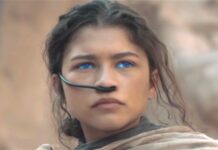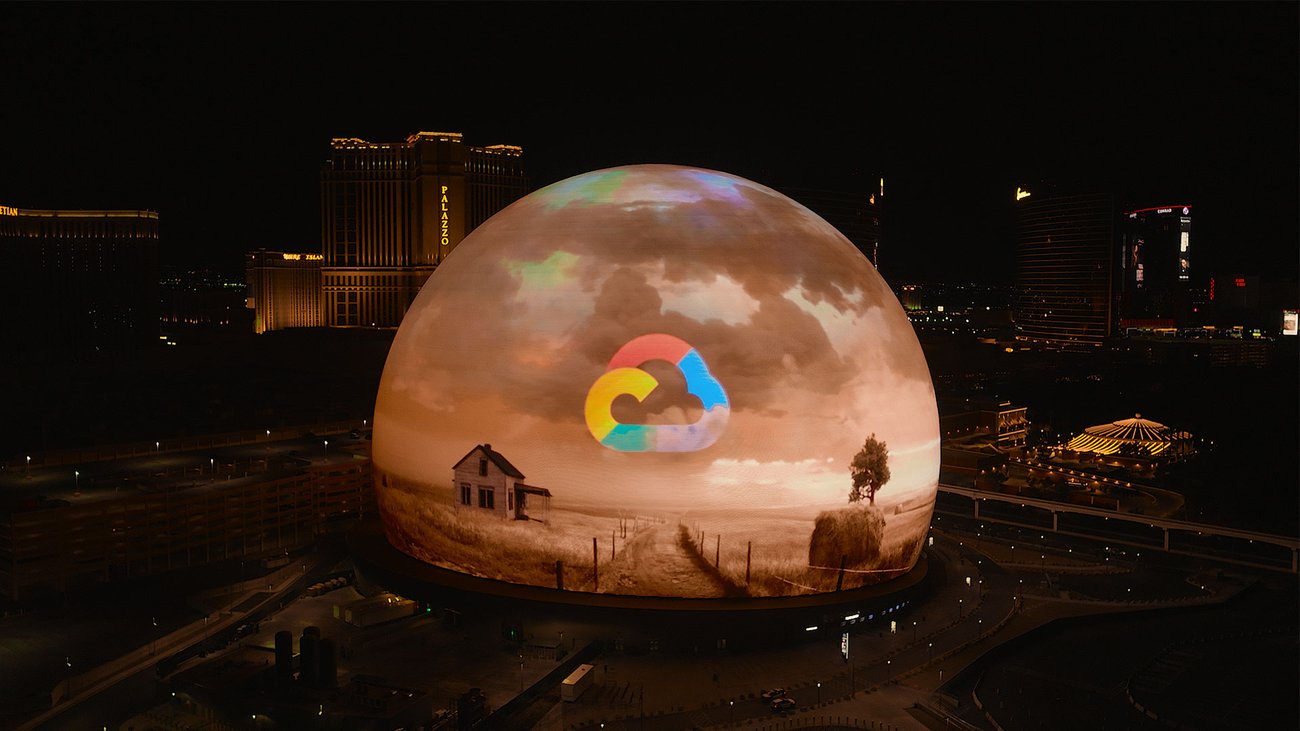A New Chapter for "The Wizard of Oz" with AI Magic
In the world of cinematic classics, "The Wizard of Oz" holds a special place. Although it wasn’t the first film to be shot in color, its innovative use of color and black-and-white sequences set it apart in the history of filmmaking. Now, decades later, this iconic film is set to break new ground once again, not through traditional cinematic techniques, but through the power of artificial intelligence (AI).
A groundbreaking project is underway to bring the 1939 classic, "The Wizard of Oz," to an unprecedented scale using cutting-edge AI technologies. This initiative is a collaborative effort involving thousands of experts from Google DeepMind, Google Cloud, Sphere Studios, Magnopus, Warner Bros. Discovery, and other leaders in the film and technology industries. Together, they are working to reimagine the film for a new generation, creating an immersive experience that will be showcased at Sphere, a massive venue in Las Vegas, known for pioneering new forms of entertainment.
The Sphere Experience
Set to debut at Sphere on August 28, "The Wizard of Oz at Sphere" promises to be an epic fusion of creativity and technology. Sphere, with its 17,600-seat capacity and state-of-the-art spherical design, provides the perfect platform for this innovative project. The venue, which opened in September 2023, is equipped with a 16K LED display, the highest resolution screen in the world, making it an ideal canvas for this ambitious undertaking.
The goal is to transform the original film into a fully immersive sensory experience. This endeavor requires more than just scaling up the original footage; it involves reimagining the film’s characters and environments to envelop the audience in a way that conventional CGI could never achieve. This transformation is made possible through the latest advances in generative AI media models, including Imagen and Veo, with significant contributions from Gemini. These AI technologies enable the team to work with the original material without adding new dialogue or music, preserving the integrity of the classic film.
The Creative Process
Jane Rosenthal, an Academy and Emmy Award-nominated producer involved in the project, emphasized the necessity of using AI to achieve their vision. The team quickly realized that traditional methods would not suffice, given the project’s scale and ambition. Buzz Hays, the global lead for entertainment industry solutions at Google Cloud, highlighted the challenges of adapting the original four-by-three Technicolor image to fit Sphere’s enormous screen.
The process began with the digitization of the original 35mm film negatives. These grainy images needed to be magnified to match the venue’s colossal display. However, the challenges extended beyond just scaling up the visuals. Traditional film techniques, such as camera cuts, meant that characters would disappear from parts of scenes, which would not work for the continuous, immersive experience envisioned for Sphere.
To address these challenges, the team employed three major technical techniques: AI-based "super resolution," AI outpainting, and performance generation. The "super resolution" tool developed by Google teams and their partners turns the small celluloid frames into ultra-high definition images suitable for Sphere. AI outpainting expands scenes to fill the space and address the gaps created by camera cuts. Performance generation incorporates composites of the original performances into the expanded environments, ensuring that every gesture and detail is preserved.
Overcoming Technical Hurdles
The integration of AI into this project marks a significant departure from traditional CGI, which would have required substantial resources and time. Dr. Steven Hickson, a Google DeepMind researcher, noted the innovative nature of the AI models used. The team encountered numerous challenges along the way, but the rapid advancements in AI technology allowed them to find solutions to problems that initially seemed insurmountable.
Dr. Irfan Essa, a principal research scientist at Google DeepMind, expressed his excitement about showcasing the capabilities of AI in this project. The process involved gathering a vast collection of supplementary materials, including the shooting script, production illustrations, photographs, set plans, and scores. These materials were used to fine-tune the AI models, enabling them to accurately render the original characters and environments.
The fine-tuning process, which involves training the AI models with specific details from the original production, played a crucial role in enhancing the quality of the outputs. With more source material to work with, the AI was able to produce highly detailed and realistic images, capturing elements like Dorothy’s freckles and Toto’s movements with precision. Throughout the project, the team worked closely with Warner Bros. to ensure that the reimagined film remained true to the spirit of the original.
A Leap of Faith
As the project continues to unfold, the team remains in awe of what they have achieved and the potential for future innovations. Jim Dolan, Executive Chairman and CEO of Sphere Entertainment, likened the endeavor to a leap of faith. The project represents a bold step into the future of entertainment, where AI and technology open new possibilities for storytelling.
In conclusion, "The Wizard of Oz at Sphere" is a testament to the transformative power of AI in the film industry. By leveraging the latest AI technologies, the team has redefined what is possible in cinema, creating an experience that honors the legacy of the original film while pushing the boundaries of innovation. As audiences prepare to step into this reimagined world, they can expect to be transported on a journey that is as magical as the original, yet uniquely modern and immersive. This project not only celebrates the enduring legacy of "The Wizard of Oz" but also paves the way for future explorations of AI in art and entertainment.
For more Information, Refer to this article.


































